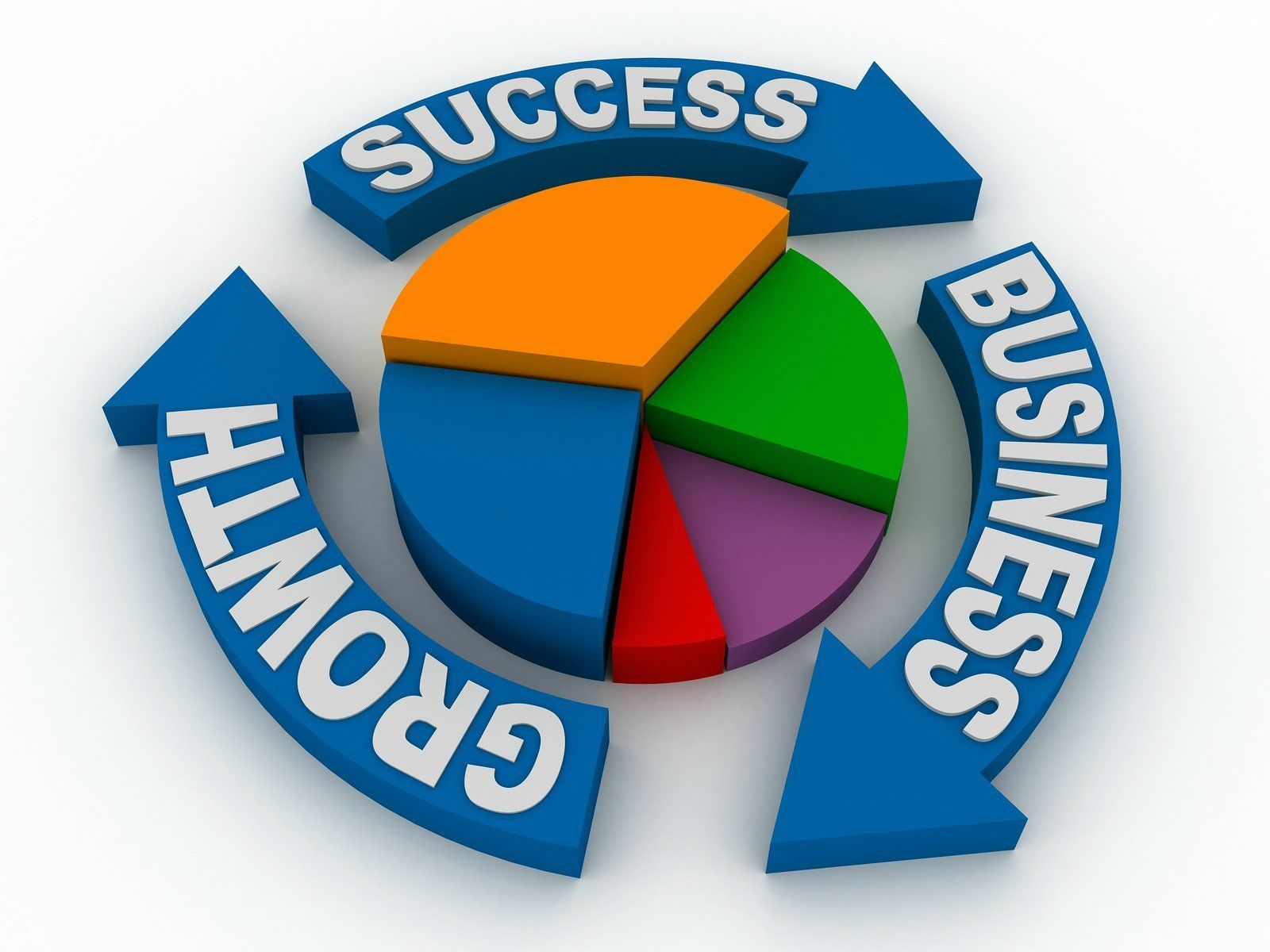
When I reflect on my early days in environmental science, I still feel that familiar excitement bubbling inside me. It might have been the thrill of exploring the great outdoors during field studies, or perhaps it was the joy of piecing together complex puzzles that sparked my curiosity. Yet, what resonates with me the most is the journey of adapting to compliance in a world that’s increasingly prioritizing environmental protection. Have you ever found yourself torn between following stringent regulations and your genuine desire to innovate? I certainly have.
Compliance isn’t just a checklist to mark off; it’s akin to receiving the rulebook for a game that you are deeply passionate about. Consider the rise of new technologies in lab information solutions. Transitioning to a compliant system can be daunting. Will this new technology genuinely enhance our environmental impact, or will it simply add to our workload? These questions have become essential in navigating my role within environmental agencies, where innovation and adherence need to walk hand-in-hand.
The Role of Local Traditions in Shaping Practices
During my upbringing, our community hosted an annual Earth Day festival that transformed the park into a vibrant hub of local vendors championing sustainable practices—everything from artisanal organic products to engaging workshops on recycling. The energy in the air was contagious, with everyone collaborating towards a shared goal. This event not only instilled in me a deep sense of environmental responsibility but also underscored the importance of community-driven solutions.
In my work at an environmental agency, I frequently draw on these local insights when developing lab information solutions. Incorporating community-based approaches not only strengthens compliance but also nurtures a culture of innovation. For example, collaborating with local farmers to test soil samples for contaminants has prompted us to rethink our lab processes entirely. Isn’t it fascinating how the roots of community traditions can serve as a springboard for innovative solutions? We’re not trying to reinvent the wheel; we’re enhancing it with the wisdom of local knowledge.
Efficiency Through Collaboration
There’s something refreshingly energizing about collaborating with people from diverse backgrounds. I recall diving into a project with colleagues from various fields, and the atmosphere was electric. Different perspectives often lead to more effective solutions—especially when it comes to compliance. It felt like each of us contributed a piece to a grand puzzle that together formed a coherent picture of how to streamline operations while adhering to regulations.
Through each collaboration, I realized that we were not merely following regulations; we were transforming compliance into a platform for creative problem-solving. A solution goes beyond merely crossing the finish line; it’s about the journey we take together to get there.
Embracing Technology for Sustainable Practices
Adapting to new technologies can feel like navigating a double-edged sword. Initially, I wrestled with skepticism—surely traditional methods were sufficient? However, after spending a late night immersed in case studies, my perspective shifted dramatically. Innovations in lab information solutions do more than boost efficiency; they enhance compliance by offering real-time data analytics, making it simpler to follow environmental guidelines. Have you ever experienced that exhilarating “aha” moment when everything suddenly clicks into place?
By embracing technology, we gain the ability to collect and analyze data with greater ease. Take automated monitoring systems, for instance—they can alert us to potential regulatory issues before they escalate into costly problems. This not only opens doors for adaptation and growth while maintaining compliance but also fosters an empowering realization. Is there anything more fulfilling than harnessing the strength found in progress?
Reflecting on Responsibilities and Growth
As I contemplate my journey, it becomes evident how our societal responsibilities shape our innovation within environmental compliance. It’s a continuous cycle of learning and adapting. I often ponder, “What legacy am I creating for future generations?” Recognizing that my work can make a tangible difference serves not just as motivation, but as a clarion call to action. Just think—what kind of world do we want to bequeath to those who come after us?
Every step towards compliance should foster growth—not only within our institutions but also within our communities. By promoting a culture of compliance, we inspire others to innovate, creating a ripple effect that leads to meaningful, positive change. It’s exciting to envision a future where our lab solutions are not only compliant but also pioneering in driving sustainability. Supplement your study with this recommended external source. Investigate supplementary data and fresh viewpoints on the subject addressed in the piece. Visit the up coming post, immerse yourself further in the topic.
Interested in learning more? Explore the related posts to broaden your comprehension: